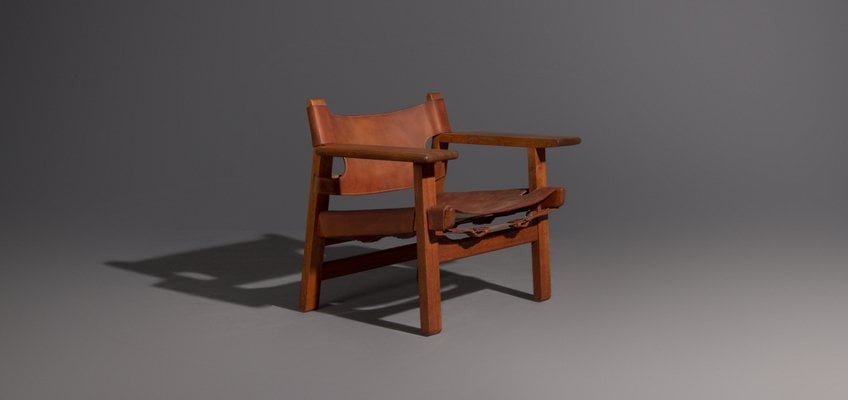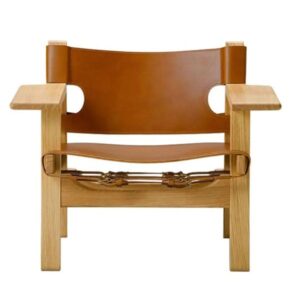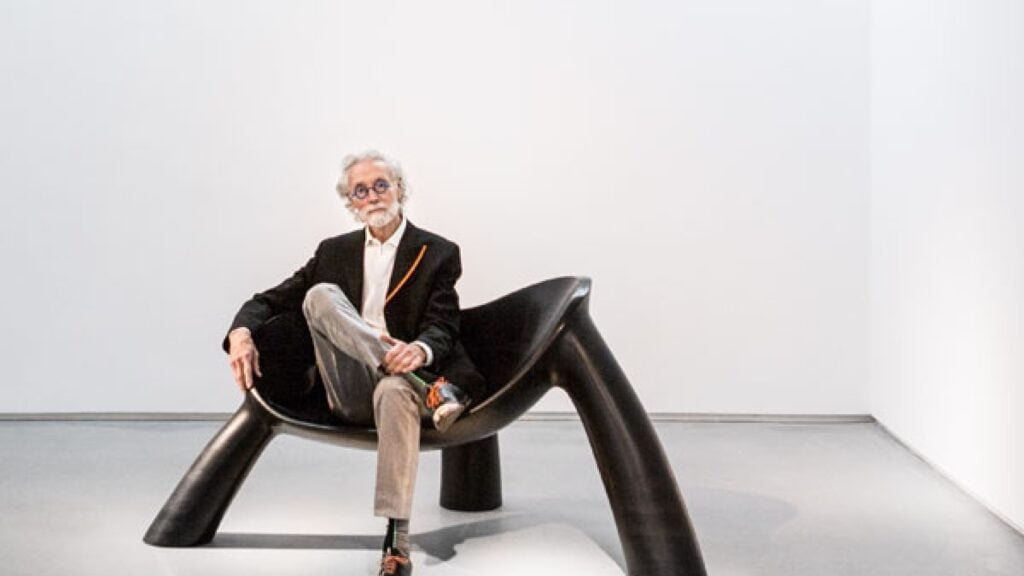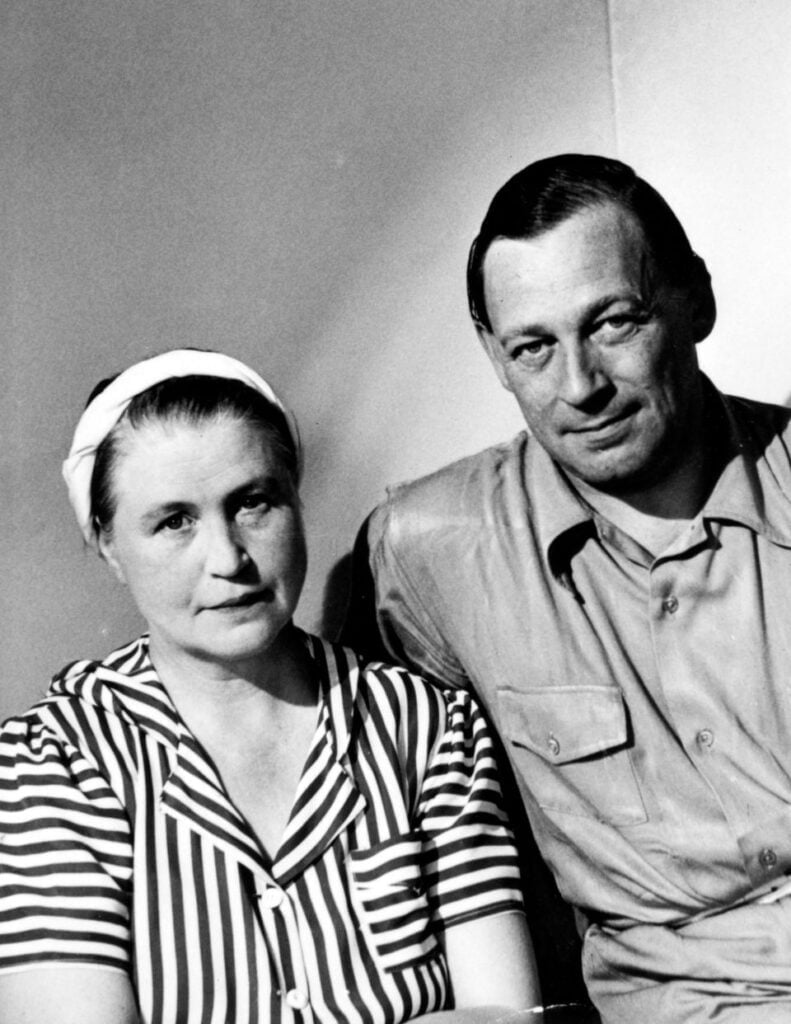Borge Mogensen
Borge Mogensen
designer
- Birth: 1914 in Aalborg
- Died: 1972 in Copenhagen
- Nationality: Danish
The furniture designer Borge Mogensen studied at the school of applied arts in Copenhagen from 1936 to 1938, and then until 1941 with Kaare Klint at the furniture school of the Royal Danish Art Academy.
Under Klint’s guidance, Mogensen dealt with the transfer of the forms of so-called “ideal furniture types” such as the English Windsor chair into a modern form language. In 1940 he began to design furniture series especially for young people – a completely new approach at the time – and to market it under the brand name “Hansens Dachstube” and later “Peters Zimmer.”
From 1942 to 1950, Mogensen was head of the department for furniture design at the Association of the Danish wholesale cooperatives and, at that time, designed practical everyday furniture. In 1944, he developed an armchair, which was similar to the tradition of the English Windsor chair. Also, he created the simple but sophisticated chair J-39 Shaker, which was made of beech wood, which is characterized by the clarity and straightforwardness of the American shaker furniture. This chair consisted partly of standardized components and was, therefore, one of the first pieces of Danish furniture that was designed for mass production.
A year later, Mogensen designed his well-known sofa model no. 1789, which in turn was inspired by traditional predecessor models. From 1945 to 1947, he taught as Klint’s assistant at the Kongelige Danske art academy.
In 1950 he opened his own studio and designed furniture for Søborg Møbelfabrik, Fredericia Furniture, and Karl Andersson & Söner. As part of his design work, Mogensen carried out ergonomic studies, which resulted in the Öresund (1957) and Boligens Byggeskabe (1956) furniture systems developed together with Grethe Meyer.

Like his mentor Kaare Klint, Mogensen took a design approach that consisted in the revision of traditional furniture shapes, which can be seen most clearly in his Spanish chair (1959) and the Asserbo chair (1964). His furniture was characterized by the frequent use of light beechwood, masculine proportions, and the excellent craftsmanship that he had acquired in collaboration with numerous Danish cabinet makers, but above all with Erhard Rasmussen.
From 1953, together with Lis Ahlmann, he designed a series of upholstery fabrics for C. Olesen. First and foremost, however, it is Mogensen’s convincing and carefully executed furniture that has become the epitome of the essentials of Danish design: natural materials, simple shapes, construction quality, and the reinterpretation of historically successful shapes.







